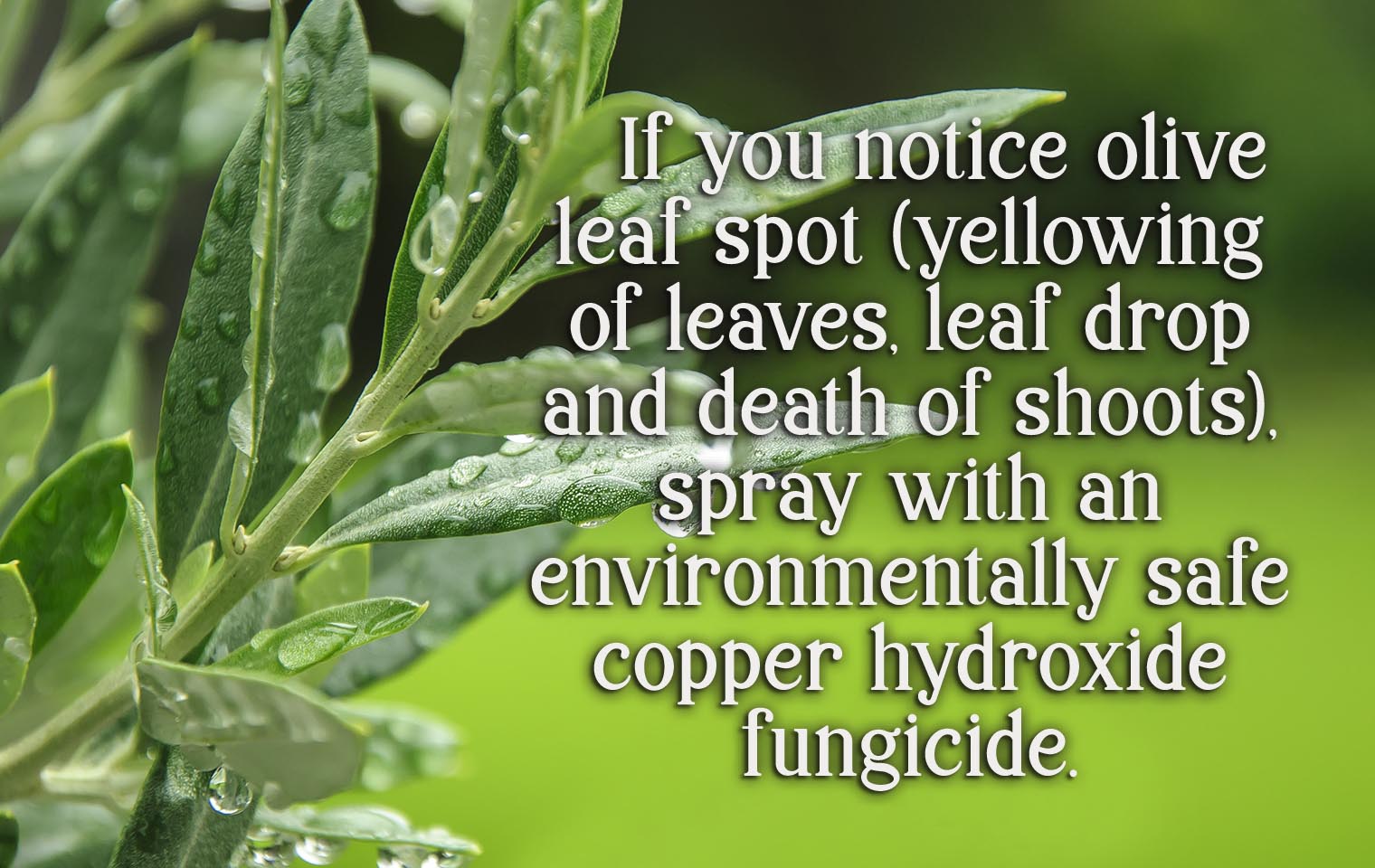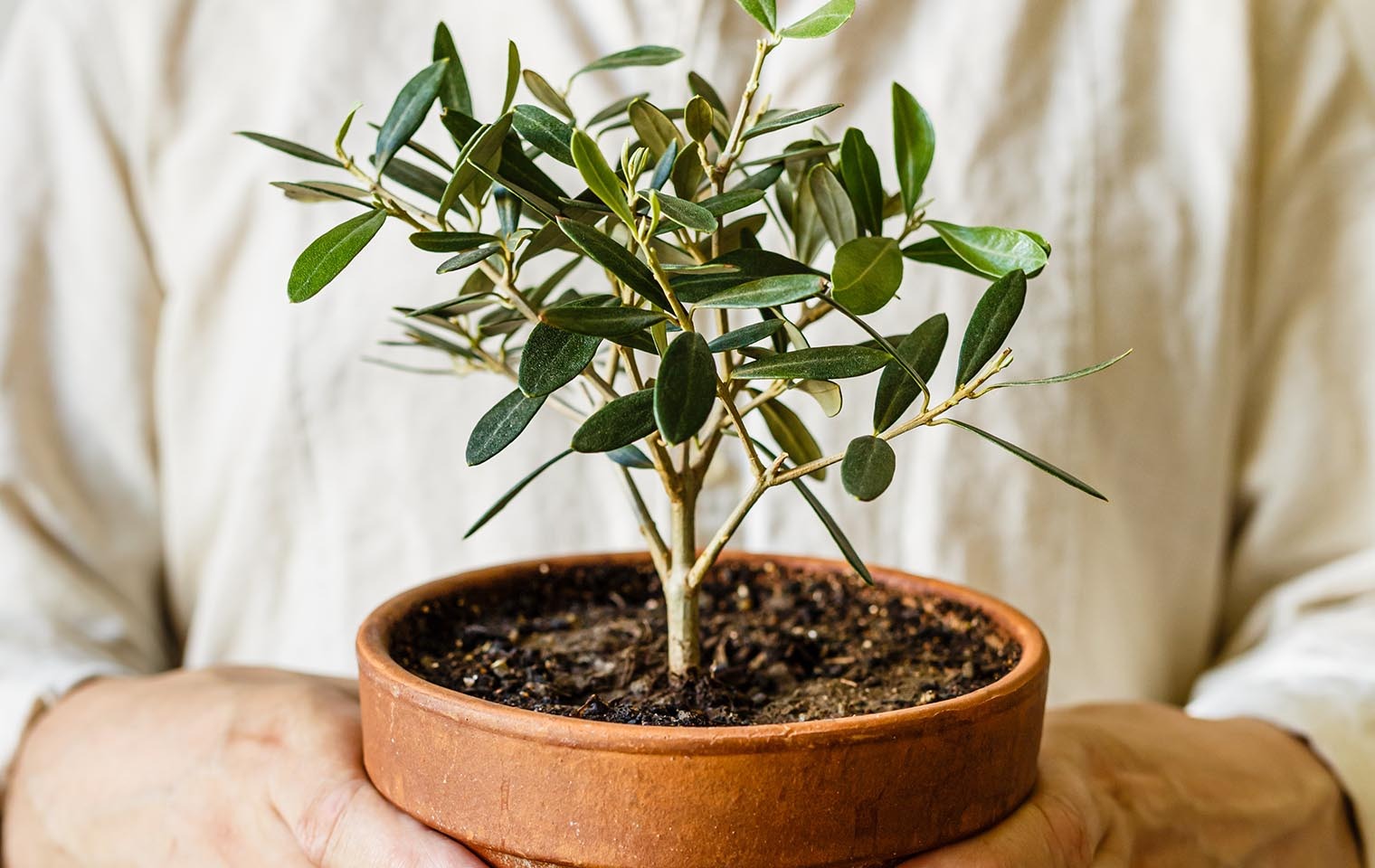The Fruits Of Your Labour
If you’re in the Western Cape, you live in the perfect environment and just the right climate to grow your own olive trees. They may be a long-term commitment and take a lot of work to cure, but if you’re an olive lover, the fruits of your labour will (eventually) be worth it.
Olives are notoriously labour-intensive, particularly when it comes to preparing harvested olives for the table. Quite apt then that the most popular olive variety in South Africa is the “Mission” olive! It’s arguably the easiest to grow successfully and the most well-suited to home gardeners. Other popular olives to grow are Kalamata, and when it comes to green olives, the Manzanilla. A Frantoio is a good idea to include because it’s the most versatile cross-pollinator.

Planting
Most home gardens only have space for a few olive trees. Look at the space you have available and using an estimate of around 3 - 4m between trees, assess how many you can plant. Most important is that olive trees need a minimum of 6-8 hours of sun per day, and preferably full sun all day with plenty of light. You should also choose a site with very well drained soil, as olive trees don’t tolerate heavy, clay soils and are happiest in stony soils with a high gravel content.
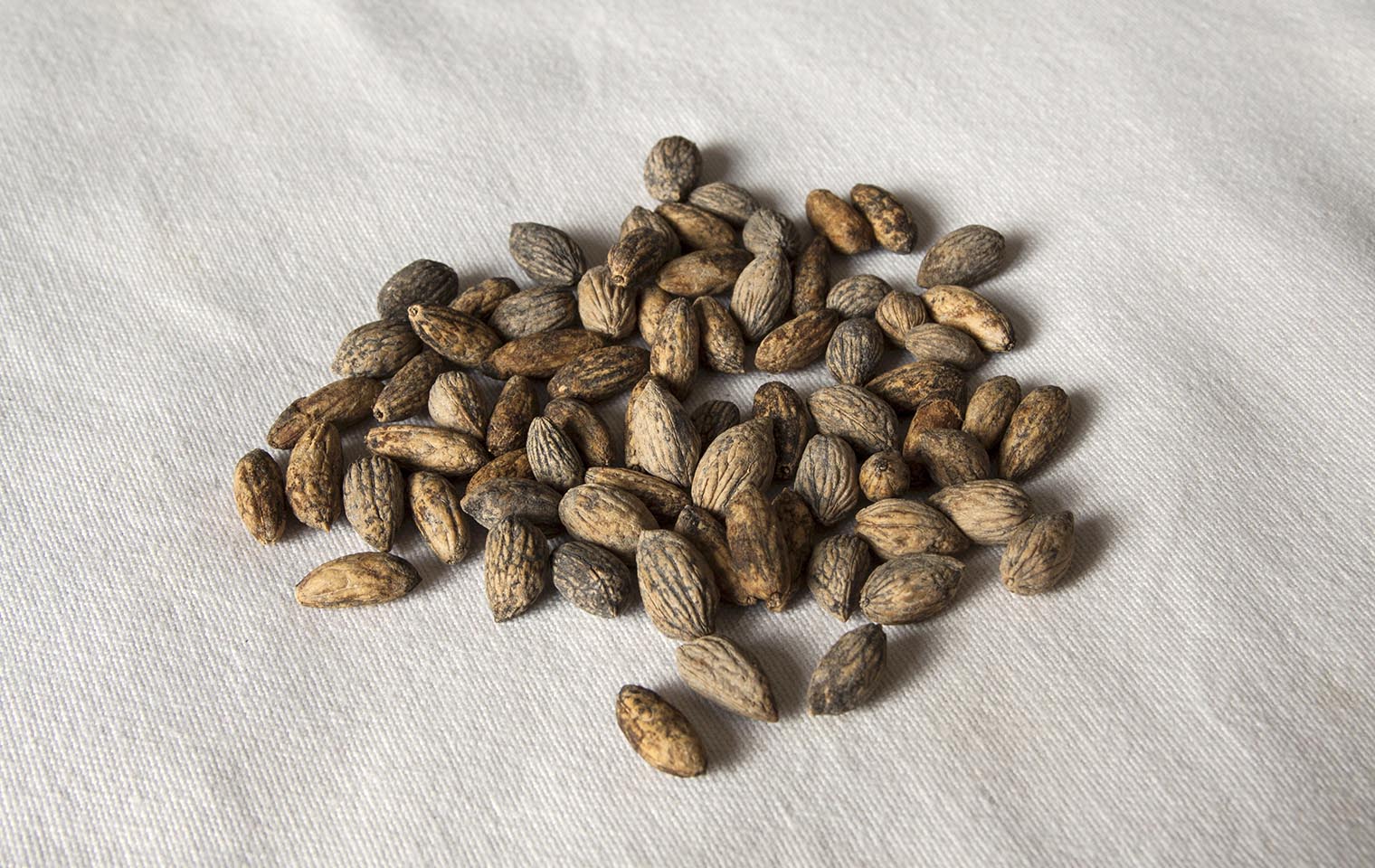
Prepare a one cubic metre hole, adding compost, and a good multi-mineral booster. Protect the trunk from sunburn (and hungry critters) with a carton-foil tube and stake it loosely with twine to avoid damage in high winds.
Watering
Many people believe that olives don’t need water. This is not true – young trees will benefit from 15 to 20 litres per week. Once established, they can get by with very little water, but undoubtedly produce much better when they do receive regular irrigation.
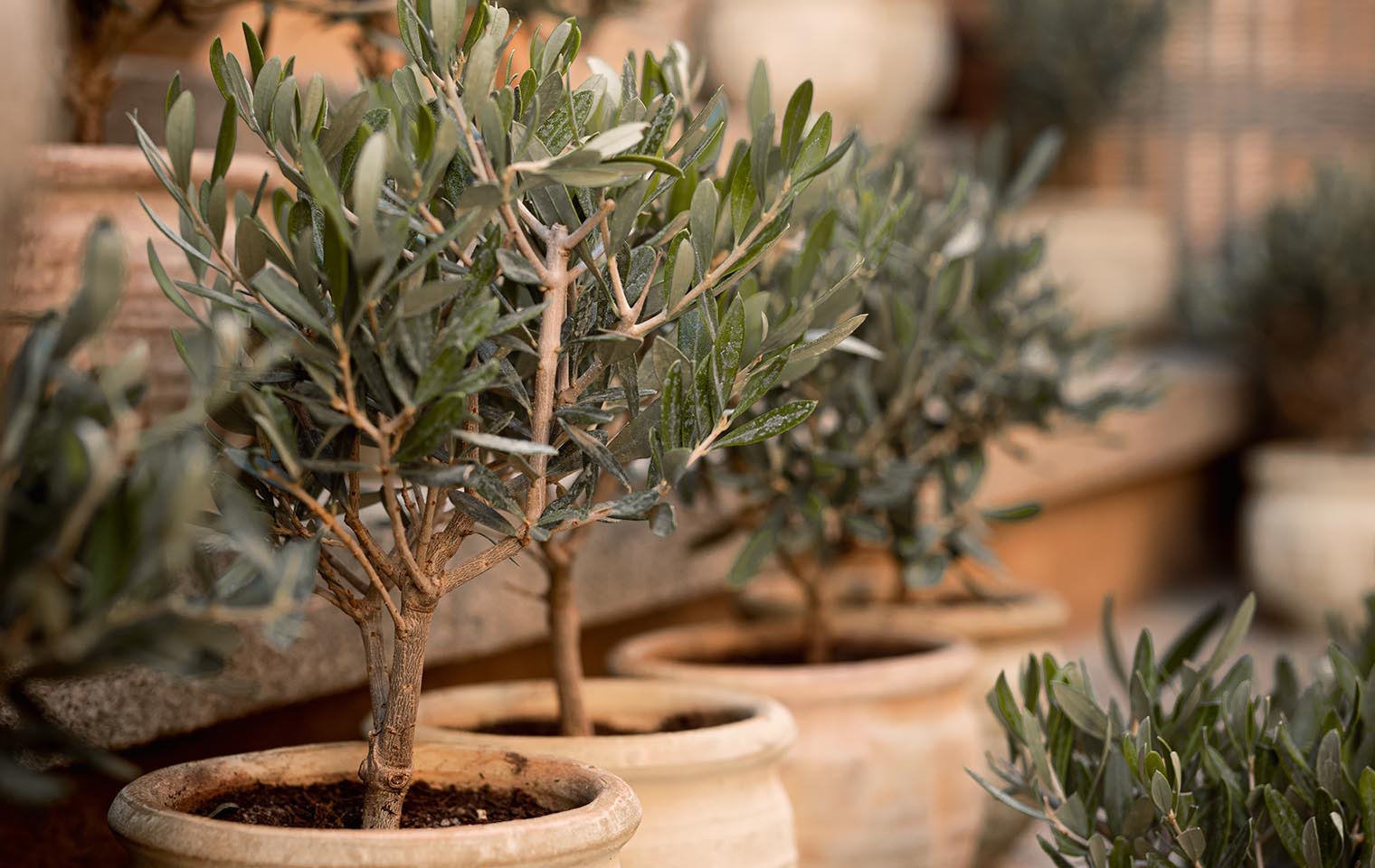
Pruning
Your olives trees won’t need too much pruning for the first few years – you can just snip out any branches that are really getting in the way of others or growing too near to the ground. After the first two or three years, it will benefit you to prune every couple of years. Olive trees need to be pruned to an “open vase” shape, which means taking out the central stem at a height of +/- 1m and letting the horizontal stems branch outwards. This way, you can get light and air into the centre of the tree, and fruit can develop both on the inside and outside of the tree. Once the tree reaches the height that you want it, you can prune back branches that grow too high.
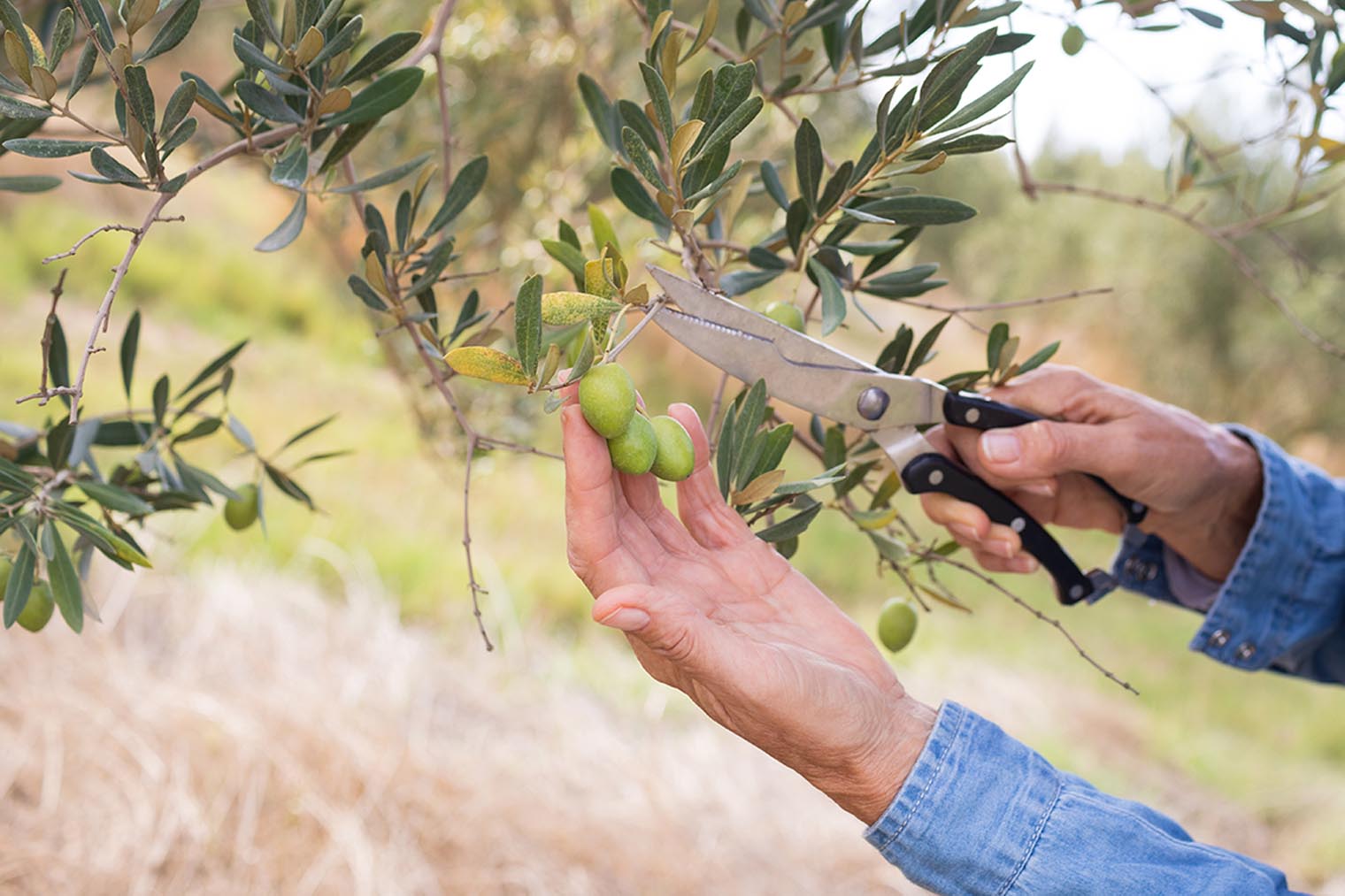
Harvesting
Pick your olives by hand. Green olives are picked at the stage when they are a good size and have turned from bright green to yellow-green. If you have planted black olive varietals like Mission, these are picked when the ripe fruits have turned completely black, but before they become overripe and soft. Something to bear in mind is that olives only start producing fruit after two or three years, and are an alternate-year-bearing species, meaning they typically have a year of heavy fruit production followed by a year of lighter production.
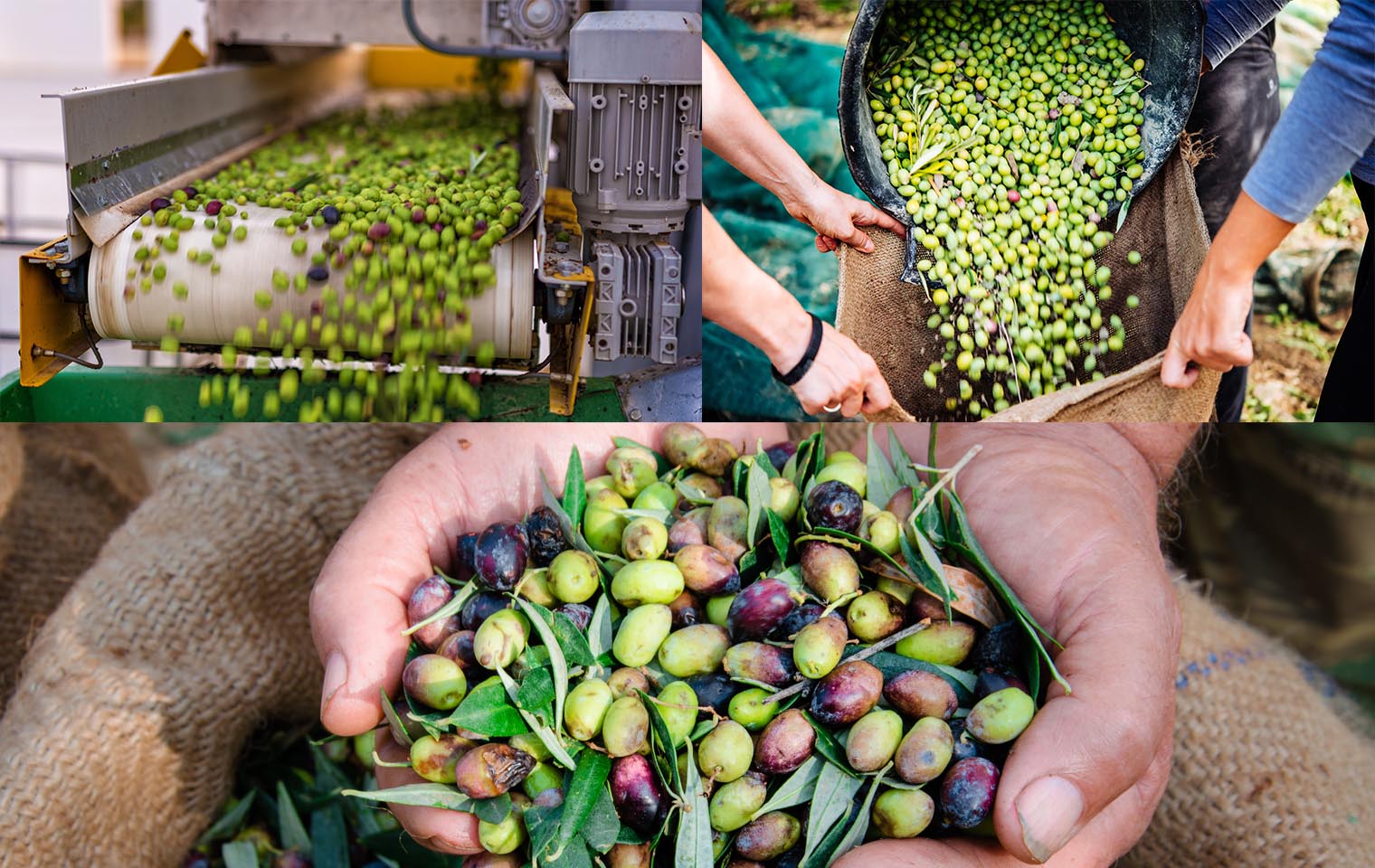
Preservation
Check your olives for any holes or signs of pests or disease. Wash them thoroughly and leave them in fresh water for 24 – 48 hours. Prepare a brine by dissolving 1kg of salt in 10 litres of clean water. Put the olives into an airtight container and cover completely with the brine. Secure the lid and leave to ferment for around 12 months. A good tip is to mark the date on the container. You can taste them every few months to see if they are the perfect flavour for you. At the same time, remove any olives that have floated up to the surface.
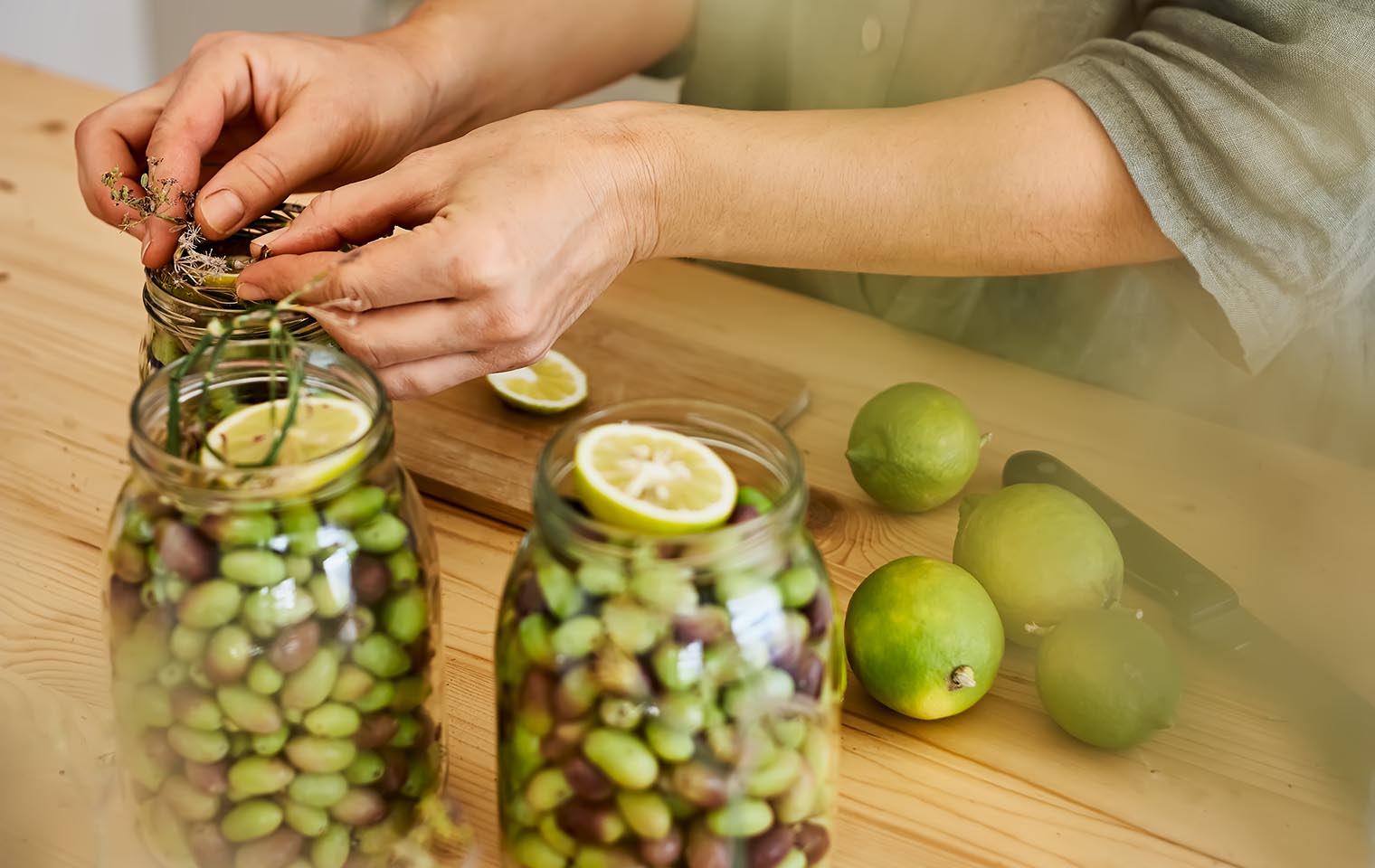
After a year, you can bottle them by covering them with hot brine made from 20g of salt per 1 litre boiling water. Cover immediately and leave to cool before closing securely. You can add sprigs of fresh herbs like rosemary or thyme, a few cloves of garlic, some chilli or lemon slices to the brine, and a film of Extra Virgin Olive Oil on top if you like. Store in a cool place and refrigerate once opened.
Olive trees are known to live for as long as 600 years, so you may have to wait a while to enjoy the fruit, but generations after you will continue to reap the rewards of your labour.
